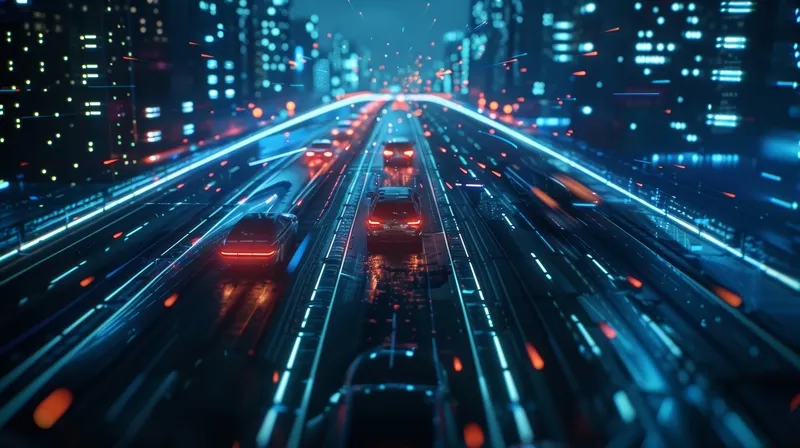The idea was to demonstrate the ability of Cohda’s V2X-Locate solution to provide accurate vehicle positioning in areas where GPS systems often run into difficulty – such as in tunnels or underground car parks.
The company’s chief technical officer, Professor Paul Alexander, says GPS positioning can be off by up to 40m in such environments – which would have a significant negative impact on the safe deployment of cooperative ITS (C-ITS).
“Being able to locate vehicles with a high degree of accuracy in a tunnel of these vast dimensions, without causing interference to other radio signals used in the tunnel, bodes well for the introduction of autonomous vehicles and buses,” Alexander says.
Technology company Aventi helped with the trial, in which four of Cohda’s roadside units were placed at intervals in the newly-built 2.2km tunnel.
Norway has 1,400km of tunnels on its roads. Bjørn Elnes, systems engineer at Aventi, says: “C-ITS currently relies on good GPS reception under open sky, but this test proves that we can make it work in tunnels as well. This was a fairly short tunnel, well suited as a proof-of-concept, but we hope we’ll get the opportunity to implement this in the really long tunnels, like the E39 RogFast which will be 27km long, with complex exit ramps and two roundabouts in the middle.”
See the technology in action:
Cohda trials V2X tech in Norwegian tunnel
Cohda Wireless has carried out a trial of Vehicle to Everything (V2X) technology in Norway’s Bjørnegård tunnel.
The idea was to demonstrate the ability of Cohda’s V2X-Locate solution to provide accurate vehicle positioning in areas where GPS systems often run into difficulty – such as in tunnels or underground car parks.
The company’s chief technical officer, Professor Paul Alexander, says GPS positioning can be off by up to 40m in such environments – which would have a significant negative impact on
March 20, 2019
Read time: 2 mins










